Pre-Production
Initial Consultation: The process typically begins with an initial consultation between the client and the video production team. During this meeting, the client outlines their problem, goals, objectives, target audience, and budget for the project. The production team listens carefully to understand the client's vision and requirements.
Scriptwriting and Storyboarding: Once the objectives are clear, the scriptwriting process begins. This involves crafting a compelling narrative or script that effectively communicates the client's message. Storyboarding follows, where visual representations of key scenes or shots are created to plan the visual sequence of the video.
Location Scouting and Casting: The production team identifies suitable filming locations and talent (if necessary) based on the script and storyboard. This may involve visiting potential locations, conducting auditions, and selecting actors or presenters who best fit the project's requirements.
Logistics Planning: Logistics such as scheduling, equipment rentals, crew hiring, and obtaining permits are finalized during this stage to ensure a smooth production process
Production
Filming: With all pre-production preparations in place, filming begins. The production team captures footage according to the script and storyboard, employing various techniques such as lighting, sound recording, and camera movements to achieve the desired visual aesthetic.
Direction and Coaching: Throughout the filming process, the director guides actors or presenters to deliver performances that align with the project's objectives. Coaching may involve providing feedback on delivery, gestures, and emotions to enhance on-screen presence.
Post-Production
Video Editing: Once filming is complete, the footage is transferred to the editing suite, where it undergoes post-production. This includes assembling raw footage, cutting unnecessary segments, adding transitions, visual effects, and graphics, and fine-tuning the overall pacing and rhythm of the video.
Color Grading and Audio Mixing: Color grading is applied to ensure visual consistency and enhance the mood or atmosphere of the video. Audio mixing involves balancing sound levels, adding music or sound effects, and optimizing audio quality for clarity and impact.
Review and Revisions: The client is provided with a draft version of the video for review and feedback. Based on the client's input, revisions are made to refine the video until it meets their expectations and aligns with the project's objectives.
Final Delivery: Once all revisions are complete and the client approves the final version, the video is rendered in the appropriate format for distribution. The production team delivers the finished video to the client, ready for dissemination across various platforms, such as websites, social media, or broadcast channels.
Distribution and Promotion
Marketing and Promotion: To maximize the reach and impact of the video, the client may engage in marketing and promotional activities to generate buzz and attract viewers. This may involve sharing the video on social media, embedding it on the company website, or running targeted advertising campaigns to reach the intended audience.
Performance Tracking: After the video is released, the client monitors its performance using analytics tools to track metrics such as views, engagement, and conversion rates. This data provides valuable insights into the effectiveness of the video and informs future video production strategies.
By understanding the video production process, clients can appreciate the collaborative effort and meticulous attention to detail that goes into creating compelling and effective video content.





